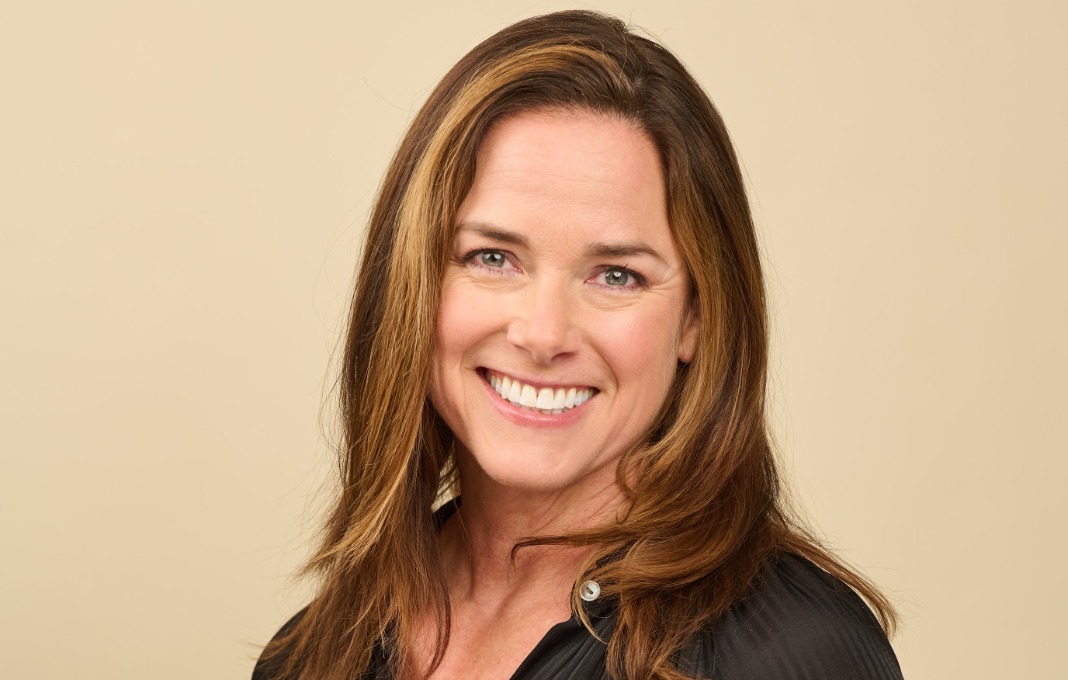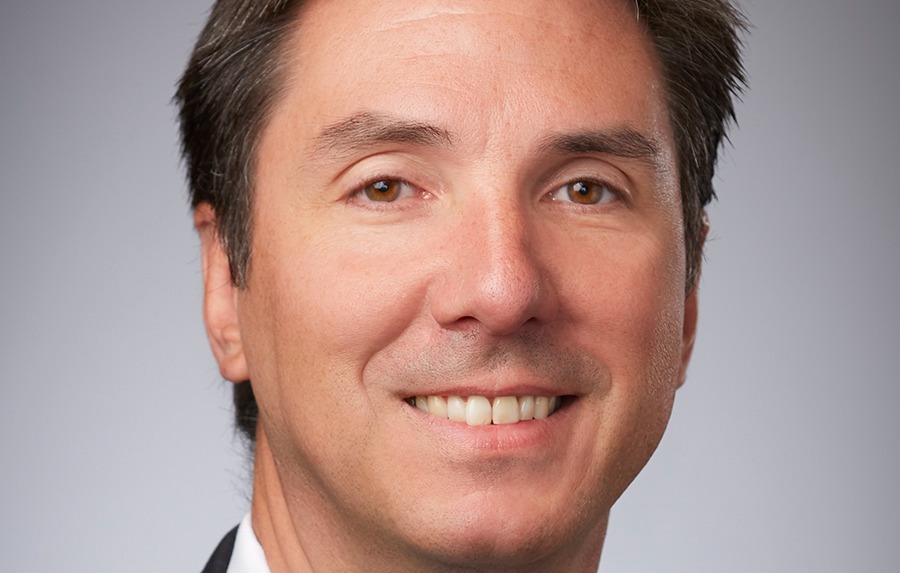For more job seekers these days, it’s not just desire for a promotion or higher salary that drives them to a new position. From flexible work to the ability to make a meaningful impact, priorities for the workforce are shifting from what they were even just a few years ago.
With more than 20 years of experience in human resources at an executive level, and as chief people officer at health benefits company Gravie, Amy Spartz has insights employers need to build and maintain the strongest team.
What are today’s job seekers looking for, and how has this changed in the last few years?
A lot of people reevaluated their priorities during the pandemic and shifted how they are prioritizing the role work plays in their lives.
I’ve noticed more applicants not seeking positions just for a promotion or to make more money. While those are still two very important factors in seeking employment and career advancement, more job seekers are looking for roles that are meaningful to them. They want to know how they’ll make a difference and that what they do in their daily work life matters.
Autonomy and independence are other big contributors to job satisfaction, and at Gravie, we offer several benefits and work styles to support this including unlimited PTO and other perks.
And certainly, access to a comprehensive and affordable health benefits plan is high on the list for many employees. According to a 2023 study by Forbes Advisor, 67 percent of employees believe employer-covered healthcare is the most important benefit and over 80 percent of employees older than 42 are looking for roles that offer employer-covered healthcare benefits.
What are some ways that employers can nurture job satisfaction and cultivate a strong culture, even with increasingly remote workforces?
Finding ways to bring employees back together can help nurture job satisfaction, cultivate a strong culture and create a stronger sense of community. At Gravie, we’re making a concerted effort to hire more people to work together in person and we’re encouraging people to come back into the office a few days a week.
We have employees all across the US, and we’re investing in bringing them together in different ways throughout the year, such as clustering customer and team department meetings during the same trips. We know the value of face time and we’re working hard to see each other more. We know the result means better collaboration, better relationships and better outcomes.
And regardless of where people work, we want our team to feel like they are part of a company where people treat each other right because it’s the right thing to do. We’ve established four cultural pillars at Gravie to put this into action:
No Jerk Policy: Simply put, we don’t believe thick policy binders are what influence employee behavior and how we treat each other. Being thoughtful, empathic and respectful of others is a major guiding principle.
Think. Ask. Explain: Communication, curiosity and critical thinking are important qualities we look for and encourage regularly. We welcome diverse opinions and healthy internal pushback.
Remove obstacles: Solving problems is what we do, even if that means recruiting help from another team member or working cross-functionally. We want employees to always feel empowered in our collective mission to remove obstacles for each other and our customers.
Reasonable people do reasonable things: We put our trust in the employees we hire to make reasonable and smart decisions, offering guidance or parameters when needed.
What new challenges or opportunities are HR leaders presented within our post-Covid world?
Finding creative ways to attract, motivate and retain talented people will always be a focus for HR professionals. Certainly, the last three years have been challenging for every HR team in how to best manage their company’s approach to work—remote, hybrid, in the office and combos of all three. So many people have been concurrently juggling personal and professional responsibilities.
While there is more recognition and understanding that people need time for all aspects of their lives, it’s helpful to draw distinctions between work and home life. As noted, we’re encouraging more people to come back into the office to connect and collaborate in person. Our culture is fast-paced, and drawing on this collective energy will help all of us do our jobs better.
In addition to managing how people work, HR leaders should work with their company’s executive team to identify a handful of the most critical issues that will help drive their business toward its definition of success. You can’t be all things to all people, so focusing on doing a few initiatives well will go a long way.
With more and more vendors in the market and point solutions that employers can turn to for everything from payroll to wellness programs and beyond—how can employers best prioritize as they try to control costs? Where can employers see some of the biggest ROI?
Despite the influx of new vendors and point solutions available today, it’s best to focus on a few priority areas that are most important to your employees. You can gather this information through employee surveys, meetings, listening sessions and other engagement tactics. Rather than roll out 20 different opportunities during open enrollment, keep it focused on what really matters to your staff. Offering too many options may result in confusion and low utilization.
Another helpful approach is to partner with a broker to better understand how your company’s health plan is being used and what services are being utilized most and where additional solutions could complement it. Claims data can help you bucket out percentages for the types of health services being used, such as prenatal, mental health and preventive care. From there, you can create a few point solutions that will help cover any gaps in traditional coverage related to the greatest medical needs or wishes of your employee population.
It takes time and resources to set up a new point solution provider and the overall cost of managing health insurance administration is extremely high, so working with a trusted broker and staying focused on key priorities will give your employees and company the best ROI.








